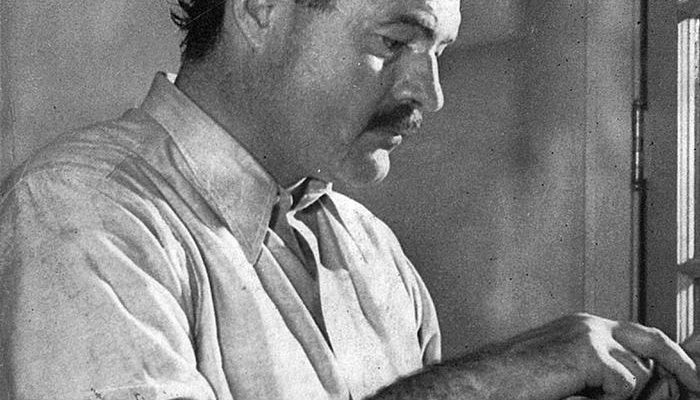Have you ever wondered about the hidden facets of the literary giants whose works are the cornerstone of classic literature? Beyond their renowned novels and poems, there lies a trove of intriguing details that paint these authors in a completely new light. Today, we’re not just revisiting their famous works. We’re uncovering the fascinating personal stories and lesser-known facts that shaped their legacies.
Imagine discovering that a beloved author had a quirky hobby or an unusual fear. These tidbits add a human dimension to figures often shrouded in the mystique of their literary prowess. For instance, did you know that the path to publication wasn’t always smooth for some of these luminaries? The story of their perseverance can be a beacon for aspiring writers and literature aficionados alike.
Our exploration isn’t limited to their personal lives; it extends to the subtle influences they’ve left on modern writing. Their narrative styles, thematic choices, and even their distinct vocabularies have trickled down through the centuries, significantly impacting contemporary literature. This list aims to create a vivid tapestry that interweaves the classic and the contemporary. And revealing how these literary figures continue to inspire and provoke thought in today’s world.
So, if you’re ready for a journey that transcends mere biographical facts, join us as we delve into the lives of these ten iconic authors. Their stories are bound to captivate, inform, and maybe even surprise you with elements you never knew existed.
10 – Ernest Hemingway (1899- 1961)
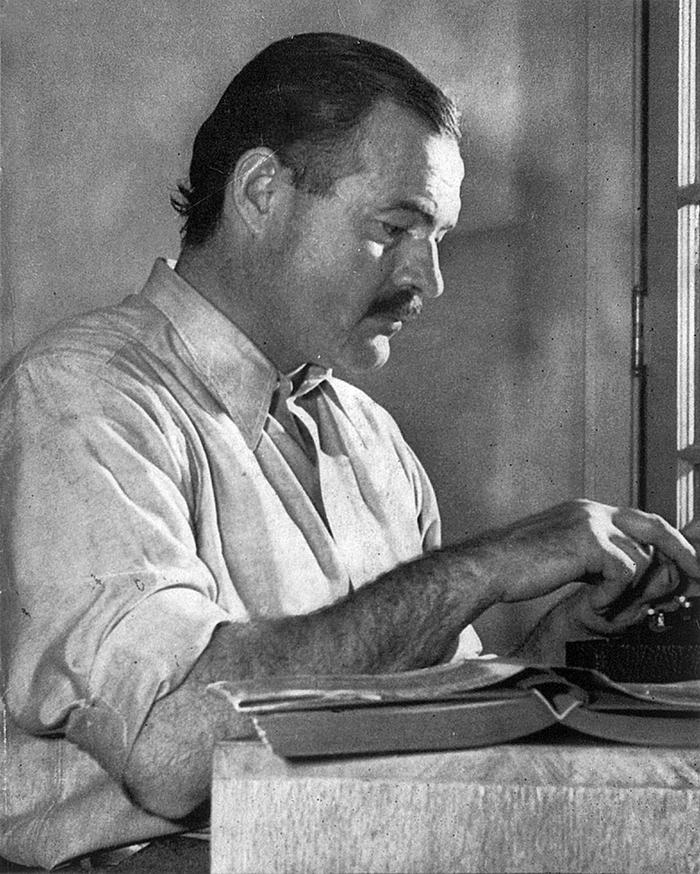
He gallivanted through Paris, was a World War I war hero, rode bulls in Spain, hunted large game in Africa, survived multiple plane crashes, had four wives and wrote multiple classics that dealt with Western postwar disillusionment.
In 1954 he won the Nobel Prize in Literature. However, amidst all of the love making and adventuring, Hemingway’s mind was tortured by mental illness. In 1961 he committed suicide as his father had done 33 years earlier.
09 – Fyodor Dostoevsky (1821- 1881)
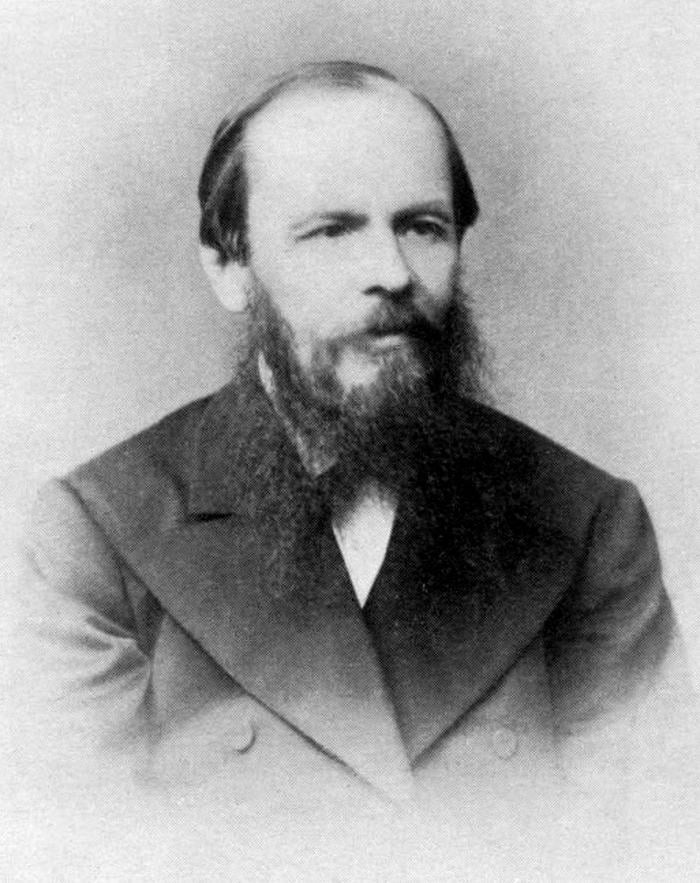
Dostoevsky was the son of a strict doctor who worked with the devastated masses of Russia. His cruel father was harsh and kept his sons from interacting with the poor, yet Fyodor could not ignore the realities of this shattered society. These thoughts secured his arrest. On the way to Siberia, he was slipped a bible which was his salvation. Despite the agonizing, frozen years in that wasteland, Dostoevsky’s mind refused to be slain. He would later write classics like The Brothers Karamazov and Crime and Punishment that still influence modern philosophy.
08 – Emily Bronte (Ellis Bell) (1818- 1848)
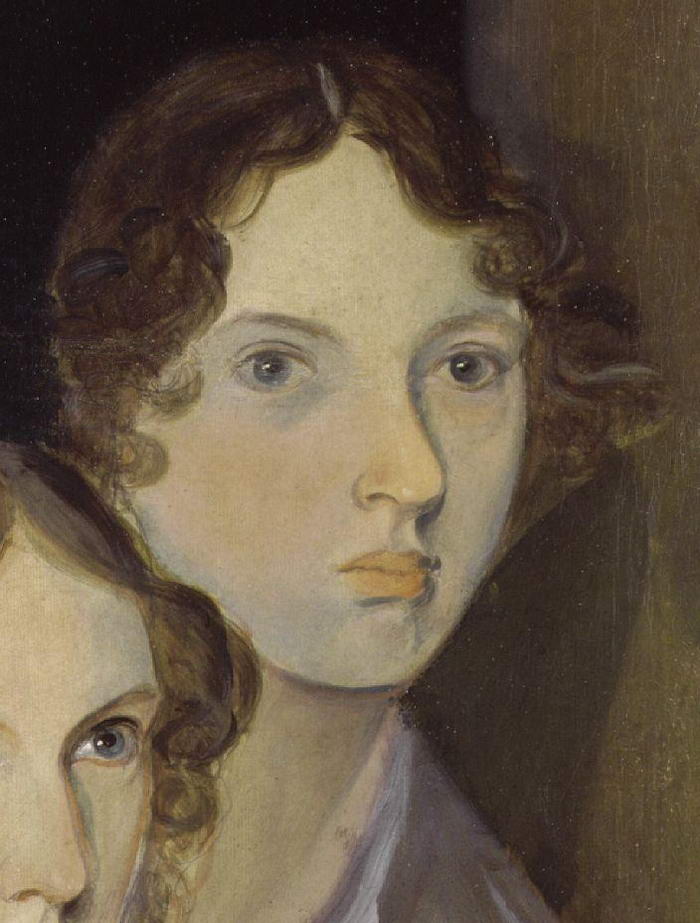
Her story was at first poorly received. Readers expecting a sweet Nicholas Sparks-esque love story will be shocked by the love of Heathcliff and Catherine that more closely resembles a fleshy, blood-soaked heart organ than a neatly packaged Valentine’s Day love story. Bronte’s characters share an obsessive, violent, supernatural love that is pieced together like warped shards of broken glass and her writing was unique. But the world would never know what else the author was dreaming up. Bronte’s genius was cut short and she died of tuberculous at the age of 30.
07 – Alexandre Dumas (1802- 1870)
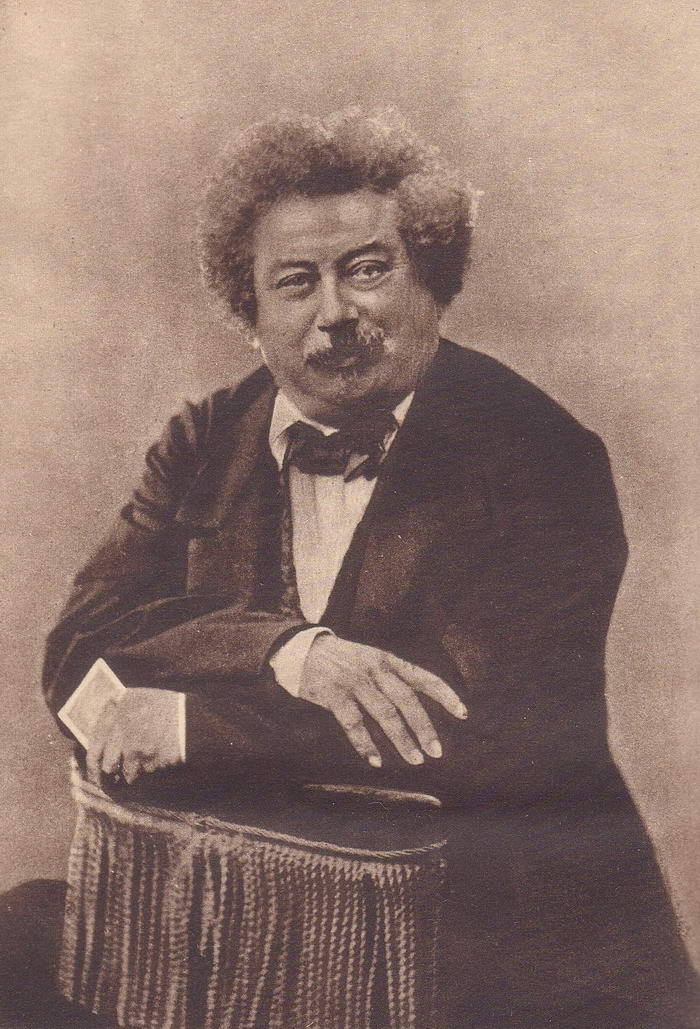
Dumas’s superlative would be “most likely to be down for an adventure”, but he’d also be the friend you would never want to make angry. A mulatto aristocrat by descent, Dumas was as unpredictable and forceful as bolt of lightning. He gambled his way to Paris to start his career as a playwright and soon rose to fame. His passion shifted to historical fiction and he penned Three Musketeers and Conte of Monte Cristo. Like his father and grandfather before him, he joined bloody revolutions and collected mistresses. He flirted confidently, competed gallantly and poured his life into his work. Even into old age, Dumas was a wild man and spent long nights that slipped into early mornings challenging the great minds of his day or writing passionate tales.
06 – Charles Dickens (1812 – 1870)
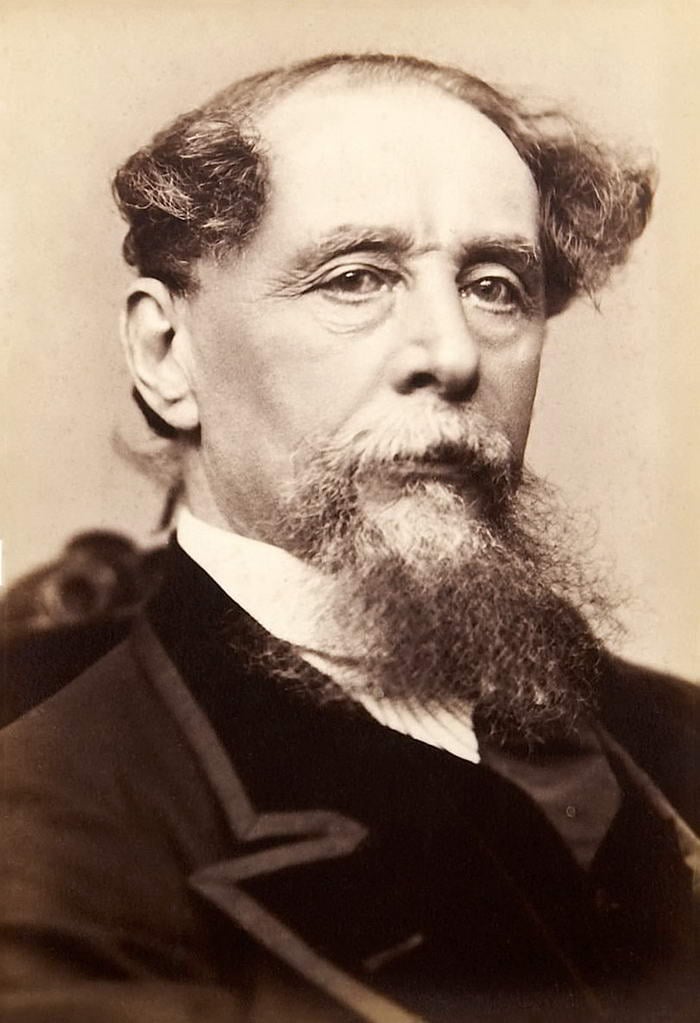
Dickens felt the bitter pain of heart break when his first love denied him for fear that he would remain a penniless author. So he married his second choice and found himself soon in a loveless marriage which would plague him for the remainder of his life. Despite an unfulfilling love life, Dickens loved his friends and the people of England well. He experienced great success and his name was recognized in nearly every home in England and across the Western world. The jovial inventor of stories lived off of the intoxicating joy of the life. He was known to befriend and assist children, especially those who were impoverished and wretched as he once was.
05 – Nathaniel Hawthorne (1804- 1864)
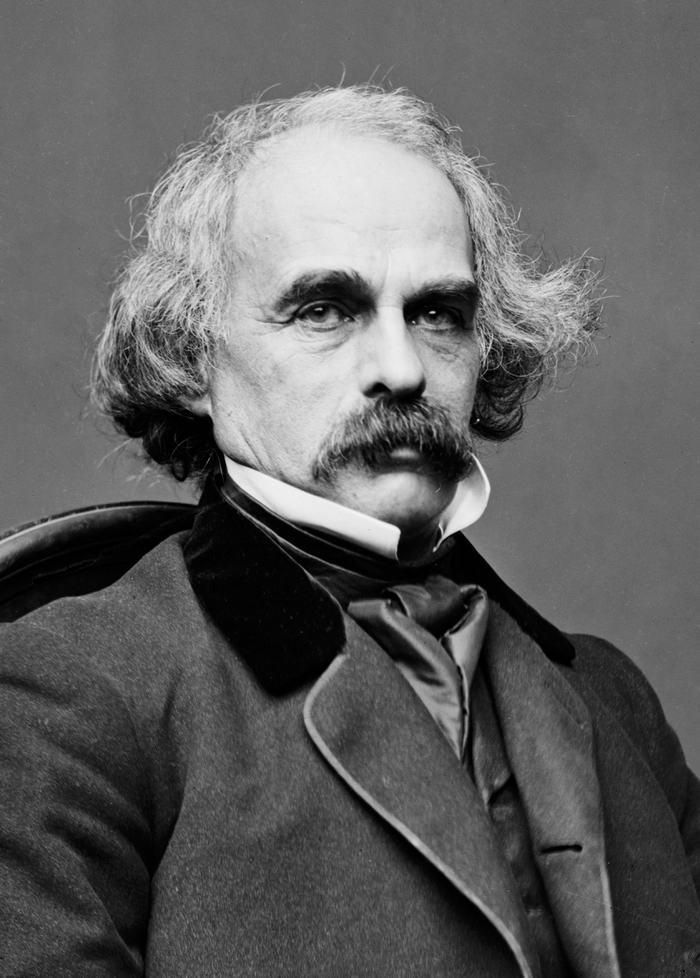
04 – Charles Dodgson (Lewis Carroll) (1832-1898)
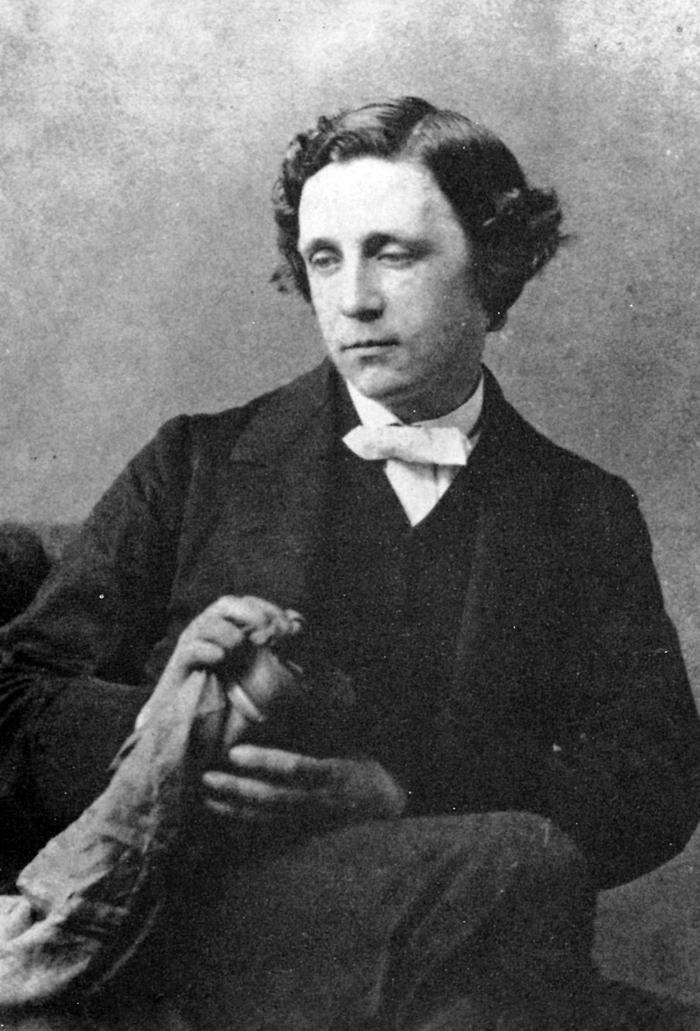
Dodgson grew up as the eldest of 11 children. He was used to creating games and building imaginary fantasy lands to entertain his siblings. As a child he was shy and bullied. Young Dodgson also suffered from several illnesses which further encouraged his reclusive habits. As an adult, he was an exceptional mathematician, yet was not interested in practical applications of the science but rather in the fun of logic and puzzles. This brilliantly obscure bachelor with a bad stammer was isolated from adults and drawn to accepting children who were free from the harsh realities and complexities of the world.
One of his young friends was Alice Liddell and it was for Alice that Dodgson created his best-known tale of the girl who tumbled down the rabbit-hole to chat with the disappearing Cheshire Cat. He never expected his stories to become famous nor to be in the lime-light. Some critics have tried to make sense of his whimsical ramblings. But in true Dodgson fashion, his stories do not portray any hidden meanings, religious lessons or satirical analyses of society. They are simply beautiful nonsensical adventures told for the purpose of entertaining children.
03 – Jane Austen (1775- 1817)
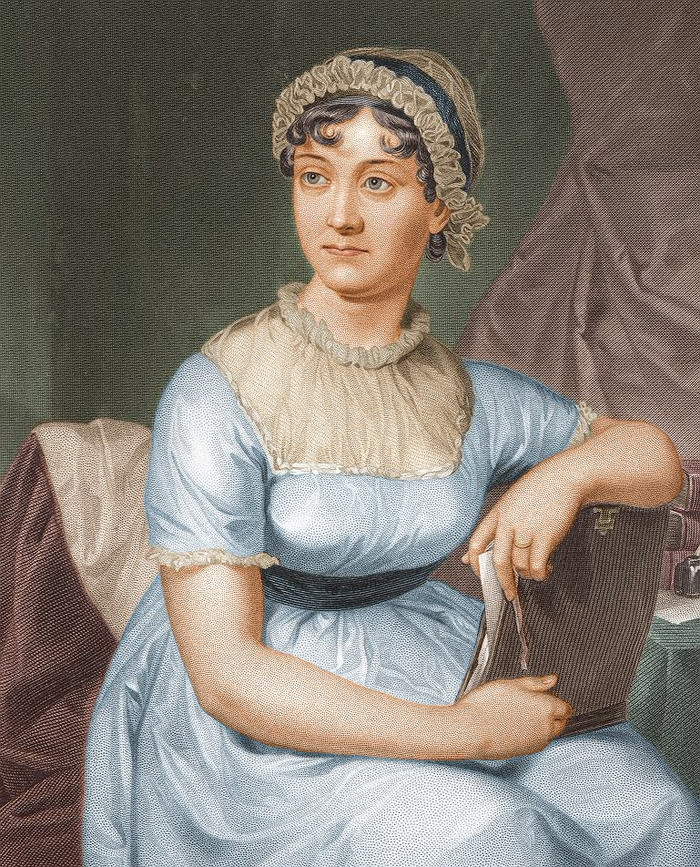
02 – Victor Hugo (1802- 1885)
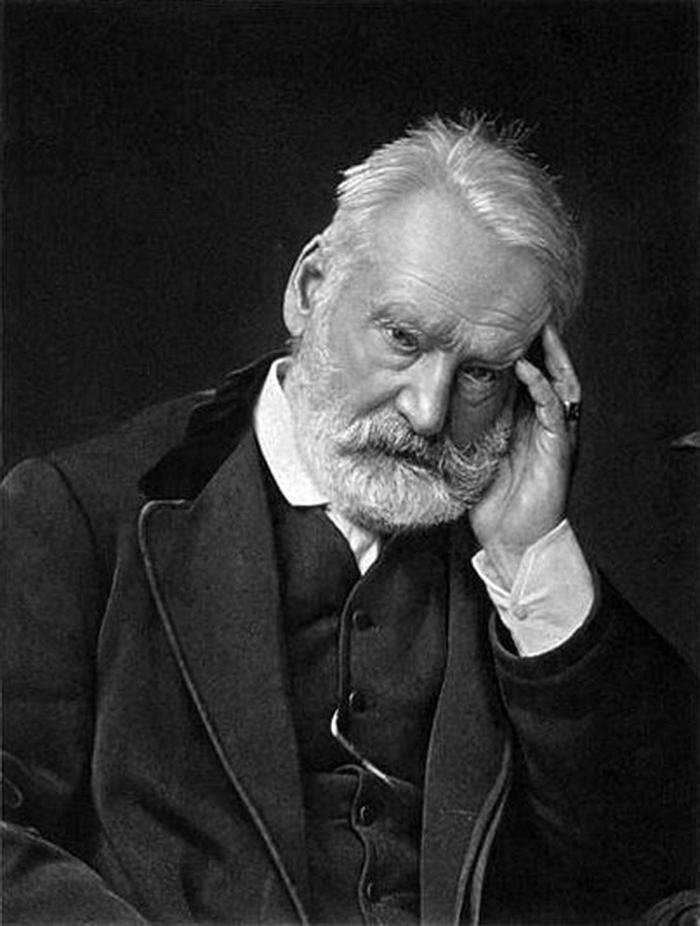
01 – J.R.R. Tolkien (1892- 1973)
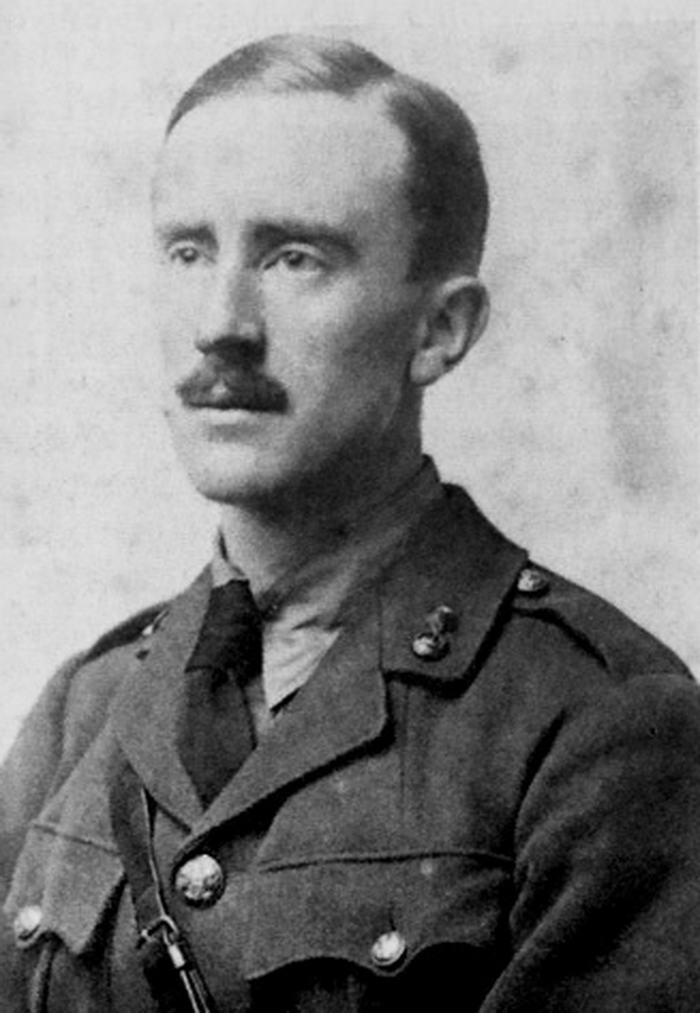
He takes a large swig of dark ale and then gazes deeply into the eyes of his dear friend. “Yes, Lewis. I think Aslan is a great name for your lion. Now, what do you think of Gandalf?”. I’m not sure that it went this way. But I love to imagine some of the great literary giants of Oxford gathering for their weekly Inklings meeting at the Eagle and the Child pub. And tossing about ideas that would develop into incredible pieces of literature.
John Ronald Reuel Tolkien was born in 1892 in South Africa. His short-lived African adventures included an encounter with a horrible, furry, giant spider that would become the inspiration of the terrifying Shelob who paralyzes Frodo in The Lord of the Rings. Tolkien was a brilliant linguist fascinated by symbols, letters and sounds and from a young age began creating his own fantasy languages which would also be developed in LOTR. He was deeply religious, captivated by all things mythological, inspired by the love of a dear wife and an adoring father. The remarkable books that would introduce the world to Tolkien’s Middle Earth were shaped as he told his children bed time tales of woodland elves and hobbits living in holes.
The Timeless Influence of Classic Literature on Modern Writing
The impact of classic authors on modern literature is both profound and far-reaching. These literary pioneers have not only shaped the narrative structures we enjoy today but also influenced various genres and writing styles. Here, we delve into the ways these timeless authors continue to inspire contemporary writers and readers.
- Narrative Innovations: Many classic authors were ahead of their time, experimenting with narrative techniques that have become staples in modern storytelling. Their innovative approaches to plot development and character arcs have laid the groundwork for today’s dynamic literary landscape.
- Thematic Resonance: Themes explored by classic authors, such as human nature, social change, and existential struggles, remain relevant. Modern writers often draw upon these universal themes, adding their own contemporary twist but acknowledging their roots in classic literature.
- Stylistic Echoes: The distinct writing styles of classic authors have echoed through the ages. Whether it’s the intricate prose of Victorian authors or the terse, impactful sentences of early 20th-century writers, these styles continue to influence contemporary writing techniques.
- Character Archetypes: Classic literature introduced a range of character archetypes that still populate modern novels and films. These timeless characters, from the tragic hero to the cunning antagonist, have become an integral part of storytelling today.
- Cultural Impact: The influence of classic literature extends beyond the page. It permeates into various aspects of modern culture, including film, theatre, and even digital media, shaping how stories are told and experienced in the 21st century.
In exploring the indelible mark left by classic authors, we not only pay homage to their genius. But also understand better the evolution of storytelling. Their works, rich in narrative depth and stylistic prowess, continue to inspire and challenge writers and readers, bridging the gap between the past and the present.
Unveiling the Lasting Legacy of Classic Authors
As we wrap up our exploration of the 10 Most Interesting Classic Authors, it becomes evident that their contributions extend far beyond their published works. These authors have left an indelible mark on the fabric of literature, influencing not just the stories we read but how we perceive the world around us. Their narratives, rich in complexity and depth, continue to resonate with readers across generations, proving that true literary art is timeless.
Their life stories, filled with triumphs and tribulations, serve as a testament to the enduring power of the written word. The struggles and successes of these authors remind us that literature is a living, breathing entity, evolving with each new writer who dares to add their voice to the chorus.
In remembering these literary icons, we not only celebrate their historical significance. But also recognize their ongoing influence in shaping modern literary thought. Their works are not relics of the past but living pieces of art that continue to inspire, challenge, and enchant.


